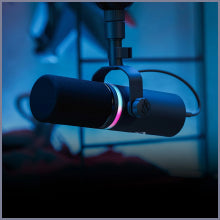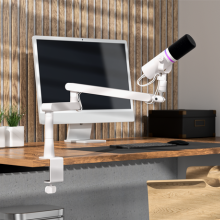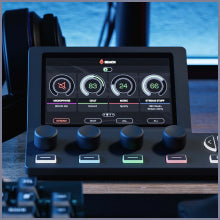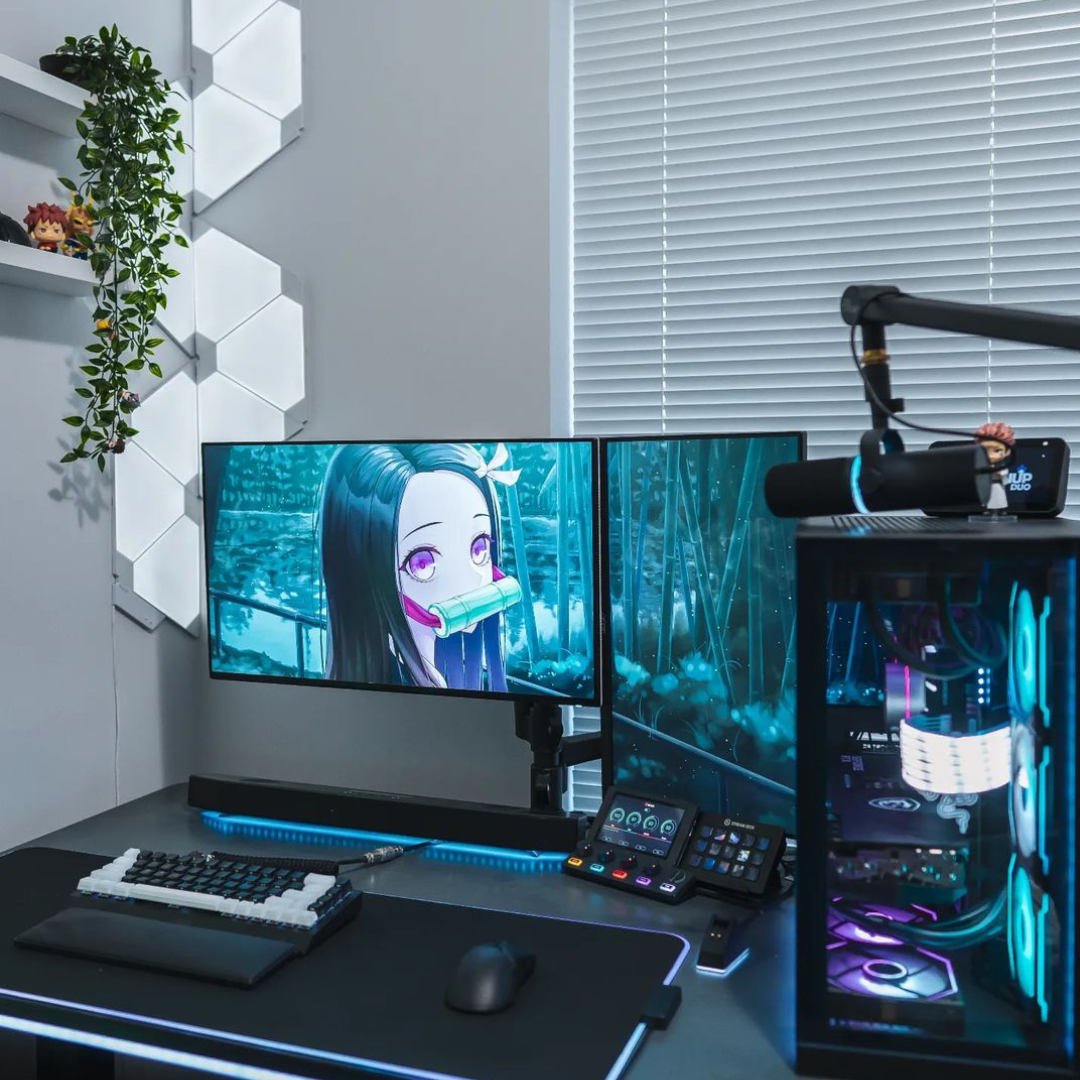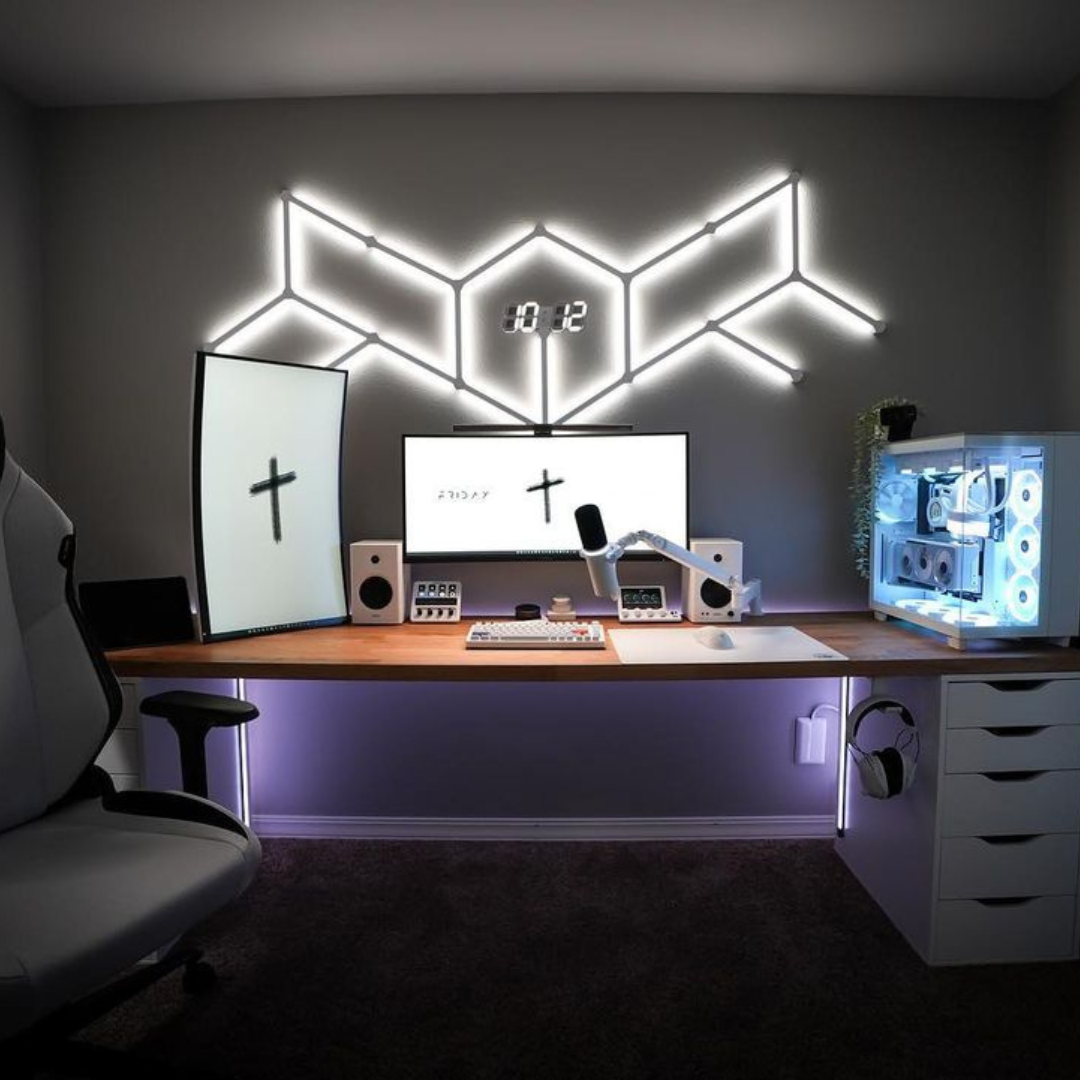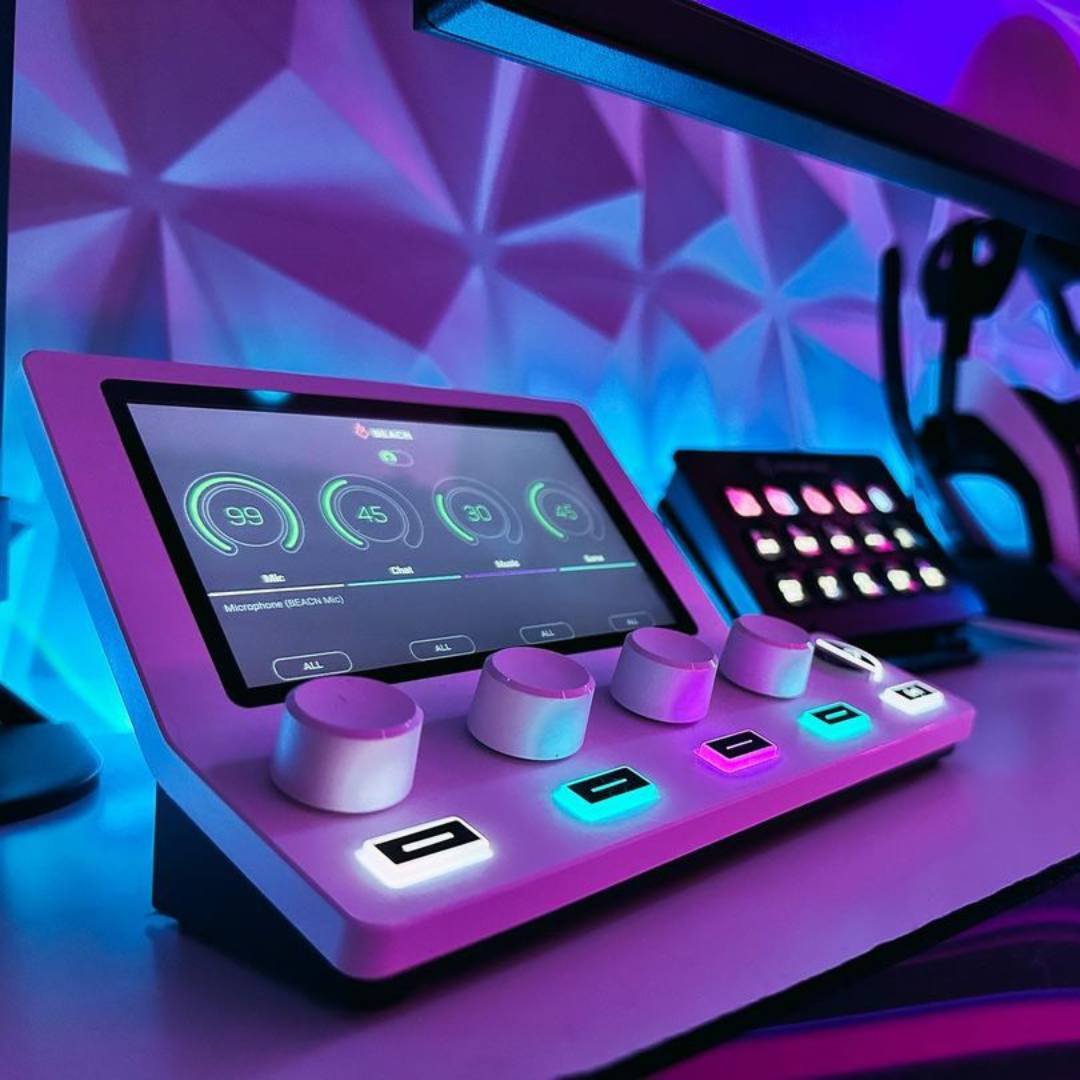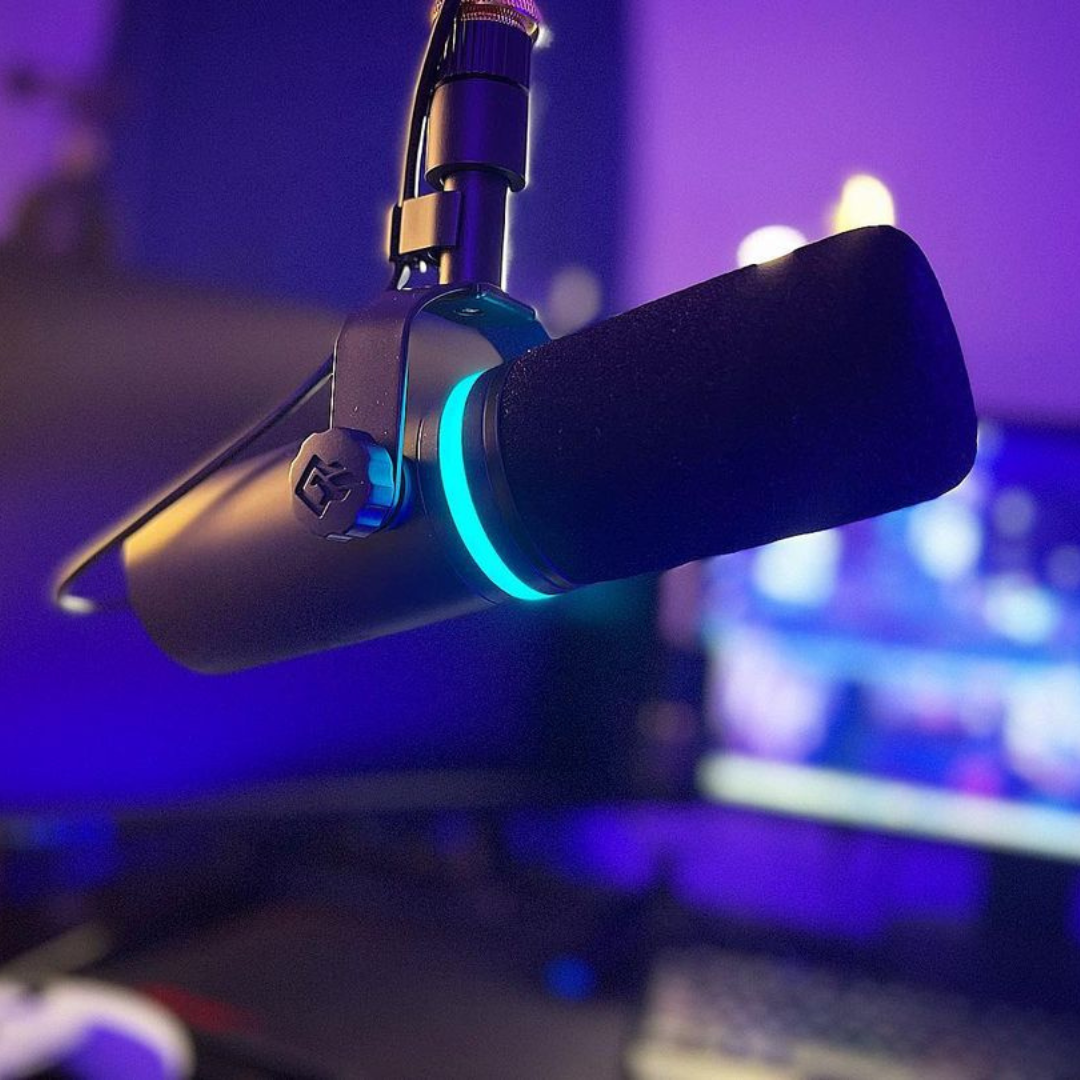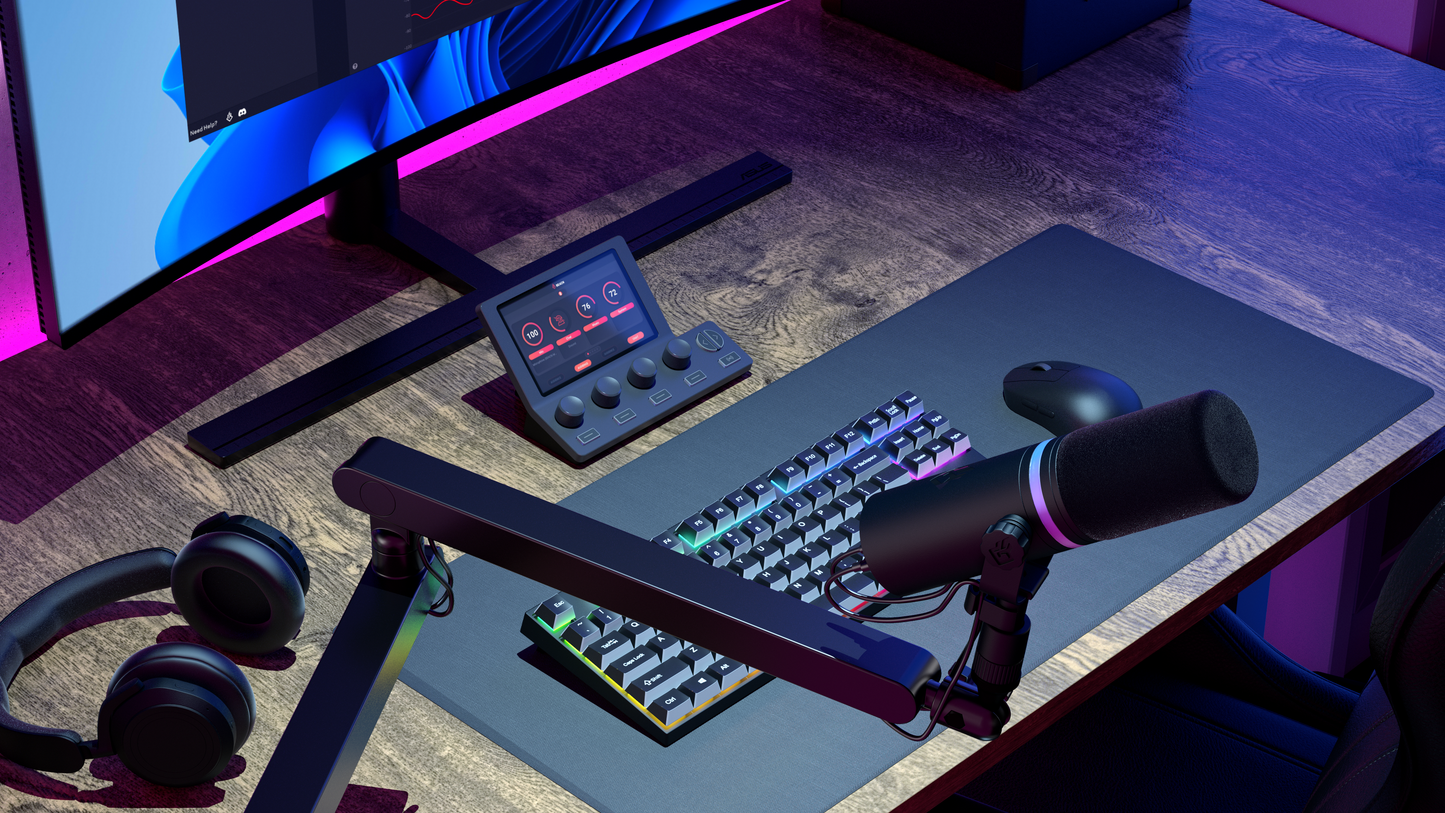
This site is protected by hCaptcha and the hCaptcha Privacy Policy and Terms of Service apply.
DESCRIPTION
SPECIFICATIONS
“As you move the BEACN Mic Stand around, you don’t feel like you are manipulating a piece of gear for hobbyists but a genuine piece of studio gear.”
Joe Findlay, CGMagazine - 9/10 Review

You Bring The Mic
As your gear evolves, we adapt. BEACN Mic Stand is compatible with a wide range of other products that use 5/8" and 3/8" threads, making upgrades and changes a hassle-free experience.
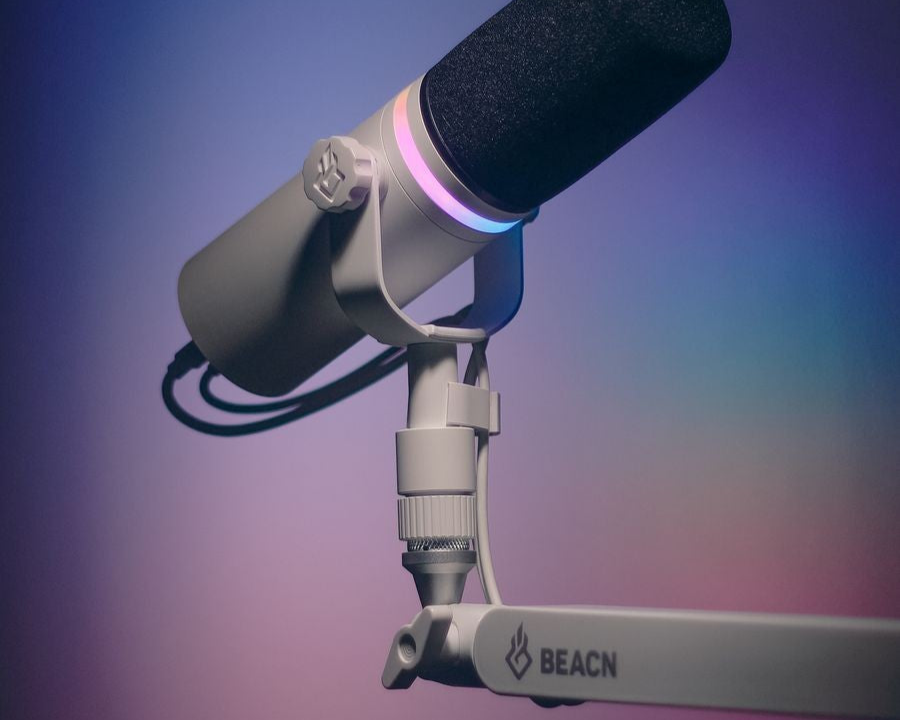
360 Degrees Of Movement
Our custom "ball head" design adapts to your needs with 360 degree directional swivel. Effortlessly adjust your mic to your preferences.

Cable Management That Actually Manages Cables
Gone are the days of cable cover mishaps. Our integrated cable channel sits securely underneath, ensuring your cables stay put. Others might pop up when you least expect; we stay grounded.
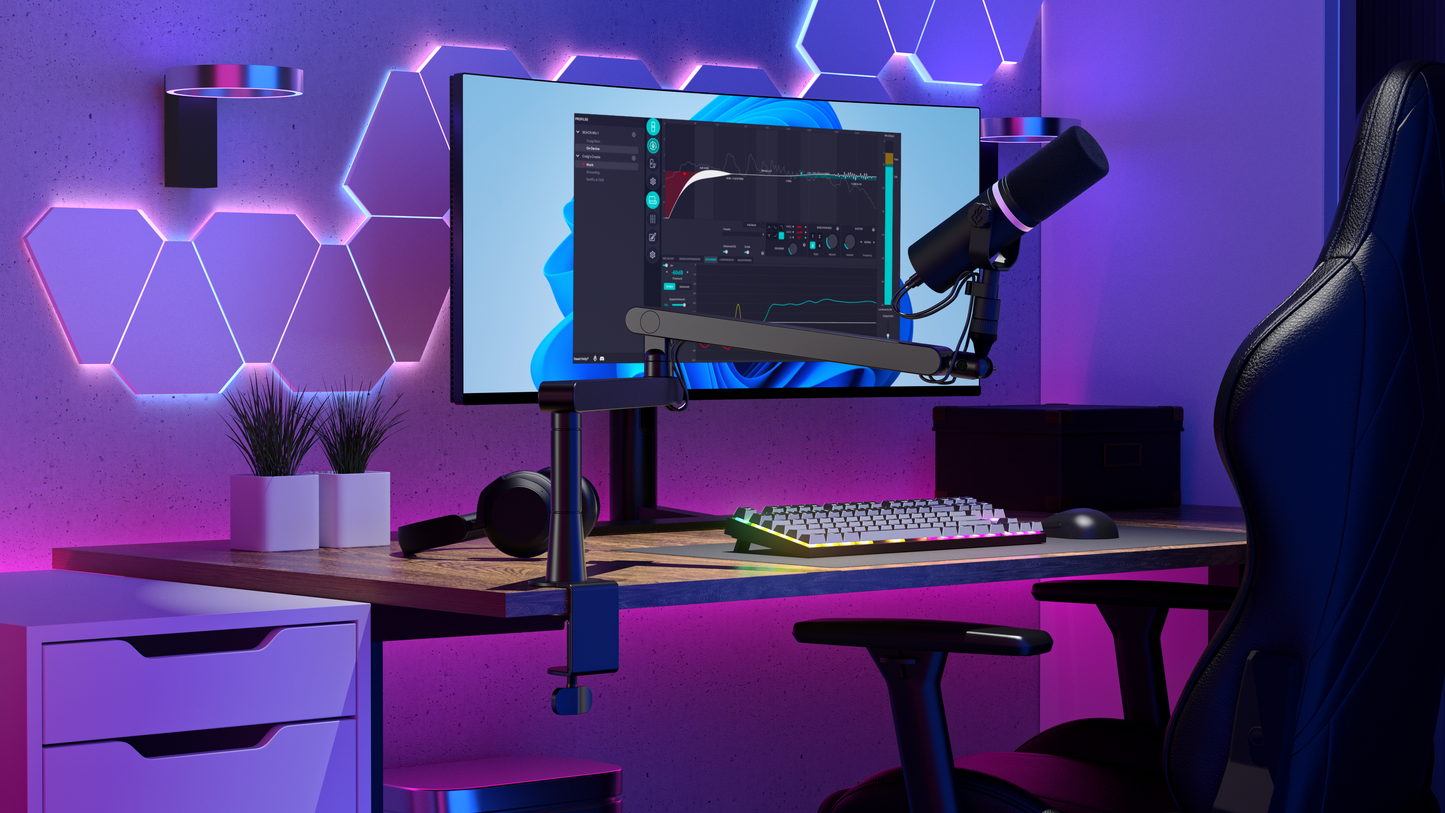
Stop Struggling With Sagging
Crafted with precision and built to last, our mic stand features a secure mount that accommodates most desk thicknesses and supports up to 4.4 lbs (2kg).
Join our 40K+ beacn community
FREQUENTLY ASKED QUESTIONS
A low-profile stand is designed to sit horizontally across in front of you, rather than coming down at an angle.
The largest benefit for streaming and gaming is largely to do with the stand coming in under your monitor or monitors.
BEACN Mic Stand's swivel mount allows you to move the mic into position and then swing it away without banging into your 12K 800" UHQHXD 400FPS monitor.
Heh, you said ball head.
Ball heads are common adjustable, 360-degree mounts used in film and photography. The "ball" portion of the head allows you to rotate your microphone in virtually any direction, allowing for ideal placement.
Whether you want the mic to come in from the side, below, or above, the ball head gives you that flexibility.
Yep!
We took extra care to test and re-test the premium material used in our cable channel so that it's both easy to get cables into without shredding your fingers, but also doesn't let cables drop out with normal movement of the stand.
We chose to put the channel on the underside of the stand so things can be as hidden as possible for your audience.
The official weight limit is 4.4 lbs, but really the answer you're probably looking for is "Yes it can support an SM7B, Podmic, AT2020, Yeti, PR40, or virtually any other mic that isn't made of solid gold. If you have a solid gold mic, please send to us for testing... we promise to return it.
Typically, there are two things you want to consider when using a desktop mic for content creation:
- Proximity to your mouth
- Which direction the "front" of the mic is.
The distance you place the mic from your mouth has a large impact on the overall sound and how much background noise you'll typically pick up.
Ideally, you'll want to position your boom arm mount in such a way that the mic is about 2-4 inches from your mouth. The closer you get, the more "proximity effect" you'll achieve, which is a big part of the warm, cozy, "radio voice" that a lot of folks are after.
With the mic close to your mouth, you'll also be able to reduce the overall gain required to correctly power the mic, which makes the mic less sensitive overall. This is a good thing!
Your voice will be much louder than other sounds in your room when the mic is close to you, so the lower gain requirement means your mic won't pick up room sounds nearly as easily as it would if you had the mic far away from your mouth and had to turn the gain way up.
For the "front" of the mic, there is a "direction" that most mics (especially broadcast or vocal style) pick up from. You'll need to look at the instructions or documents for your own mic and learn which direction the mic should face for optimal operation.
Keep in mind that the shape of the mic or foam doesn't necessarily tell you which direction is the right one!
After following the included instructions to assemble the mic stand, you'll first want to determine if you need the "riser" or not. That is completely personal preference and the riser can be added or removed easily at any time.
- First, determine the side you'd like to mount the stand on. This is often preference due to where your mouse, keyboard, or other items are on your desk.
- Then, use the included allan key to tighten the hex nut at the joint of the top arm. It only needs to be snug, not tight!
- Next, mount your mic on the ball head and tighten the knob until the ball doesn't swivel.
- That's pretty much it! You can use the allen key and/or the ball head knob to make fine tuning adjustments to get your mic into the perfect position with no-sagging.
